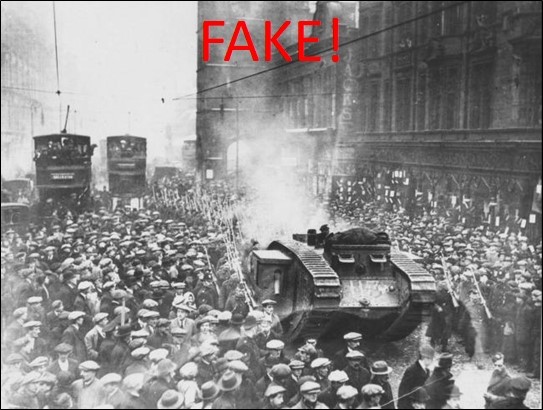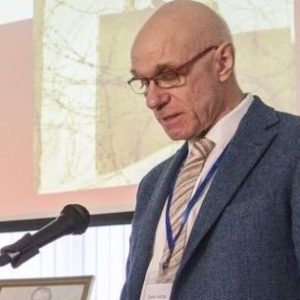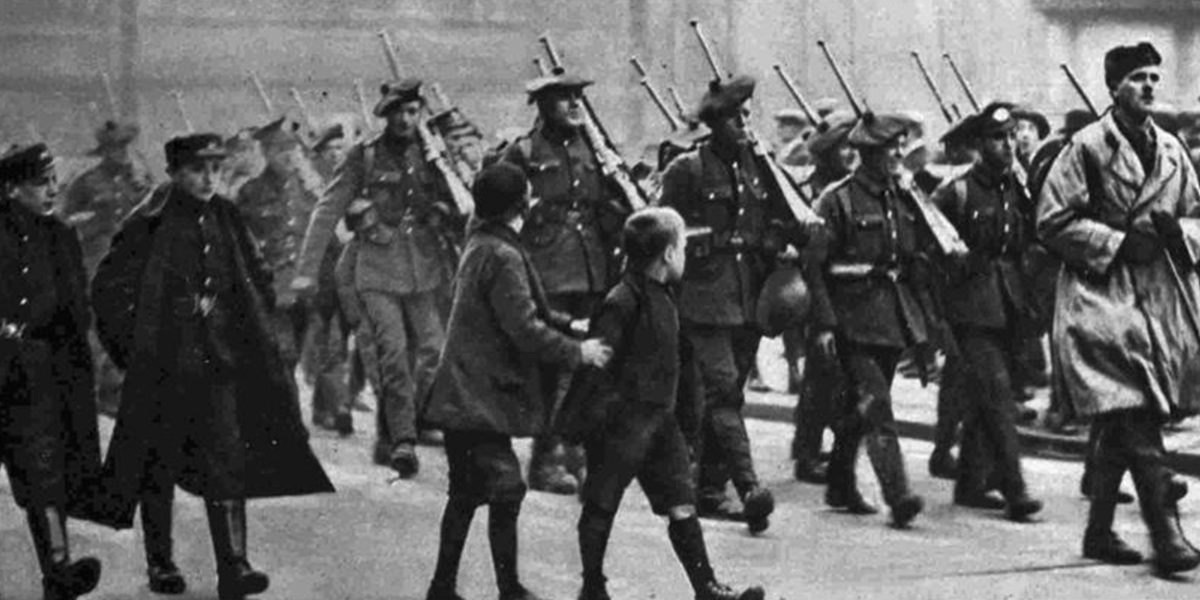
Last year, near the centenary, Scottish Affairs published my article about the mythology surrounding the so-called ‘Battle of George Square’ on 31 January 1919. This followed another paper published shortly before, summarising the results of my searches in the archives.
But there were other books that took quite a different approach to their research material: they fictionalised, they took liberties, they failed to engage critically with their sources … The drive to create compelling narrative history – to write history that reads like a novel – can … end up with history that is written like a novel.
Suzanne Lipscomb, History Today, February 2020
I first came upon the Battle in October 2017, when revising a critique of one of the social media Scottish ‘military grievance myths’, that ‘Churchill planned to abandon Scotland to the Nazis in 1940’ (he didn’t). Inevitably, other Churchill myths turned up online, including that ‘he sent the tanks to Glasgow in 1919’. I began to delve deeper. The elements of the mythology that emerged can be summarised thus:
“Churchill sent the tanks, a howitzer and 12,000 young, inexperienced English troops against 100,000 peaceful demonstrators in George Square, many of whom were injured or killed, to crush a strike. The Highland Light Infantry (HLI) were locked in Maryhill Barracks because they couldn’t be trusted not to join the strikers.“
A couple of hours of research sufficed to show that there were problems with the accepted version of events; deeper research would prove that not a word of these two sentences is true. ‘George Square’ exists and there was a man called ‘Churchill’, but that’s about it. Ten thousand, mainly Scots, veteran troops were called in by the city authorities, to deal with a riot; the only howitzer was a German ‘trophy’ installed in December 1918; the strike continued for twelve days after the troops arrived. We’ll come back to the HLI.
Virtually every account includes elements of the mythology. But reading a handful of newspapers from the days after the Battle would show any author the falsity of many of the most persistent myths, such as: ‘all the troops were young English recruits’; ‘there were 90,000/100,000 people in the square’; ‘there were tanks in George Square’.
The dominant version of the story has been based on and elaborated from the strikers’ own newspaper, the Strike Bulletin, and about a dozen accounts written between 1919 and the 1980s by the strike leaders and their followers, from Maclean’s pamphlet Sack Dalrymple. Sack Stevenson (within days of the riot), to Shinwell’s final memoir Shinwell Talking (1984). These inevitably one-sided and occasionally self-serving narratives, with limited claims to being historical accounts, have been taken at face value. Thus, Maclean’s conspiracist narrative of a premeditated police attack in George Square continues to be repeated uncritically a century later, despite the circumstances of the origins of the violence being laid out in detail, albeit contested by both sides, at the subsequent trial. Would a history of the General Strike of 1926, relying uncritically on the government’s propaganda sheet, The British Gazette, and Churchill’s memoirs, be acceptable? Although both Shinwell and Gallacher, responsible for seven out of the dozen accounts, demonstrably invented things, and other claims (that howitzer again) don’t stand up to scrutiny, the contents of the Strike Bulletin and the writings of the strike leaders continue to frame the narrative, including the 2013 Scottish ‘National 4 & 5’ school textbook’s rather mythological version of events.
And so, in MacAskill’s centenary account, Glasgow 1919 (2019) we encounter, amongst other things, the familiar ‘young recruits’ arriving, while the supposedly ‘battle-hardened’ men of the Highland Light Infantry (with their families, a new elaboration) were ‘sealed’ into Maryhill Barracks, and the inevitable howitzer. But the HLI wasn’t based at Maryhill in 1919; the only HLI there were the last 27 men of a Garrison Battalion being disbanded; the nearest actual HLI battalion was east of Edinburgh (National Archives: WO 73/110 Distribution of the Army: monthly returns. Jan-Jun 1919).

So far there has been little published reaction to my Scottish Affairs article. One writer has, however, paid it the compliment of using one third of his review of MacAskill’s book in a subsequent issue to imply that this research is mere pedantry. Staying on the HLI theme, he dismisses as unimportant the point that the HLI wasn’t in Maryhill: ‘oh, is that a fact’. If the supposed presence of the HLI is so unimportant, one might ask why so many writers go on about it, often at length, to support Gallacher’s fantasy of potential revolution by unreliable Glaswegian troops:
If we had gone to [Maryhill Barracks] we could easily have persuaded the soldiers to come out and Glasgow would have been in our hands.
Revolt on the Clyde, 1936
The reviewer suggests that I have ‘no interest in interpreting the events of Bloody Friday, nor in discussing its meaning’. The thrust of my work has been to try to establish what actually happened on and around that day. It seems risky to interpret events and discuss their meaning if you’re not certain whether you’re dealing with reality or mythology. Interpreting the meaning of events would also involve acknowledging the complexity of the motivations and actions of key individuals on both sides, rather than writing them as mere cyphers for ‘the people’ (heroic) or ‘the establishment’ (villainous). It is telling perhaps that MacAskill, in his list of the ‘main characters’ in Glasgow in 1919-22 (Appendix C), includes only those involved with the strike or the labour movement, not the equally significant personalities on the other side.
The contested events of 31 January 1919, and the days before and after, deserve more than ‘history that is written like a novel’. Our understanding of the events and their meaning would be enhanced by a dispassionate, forensic analysis of all the accessible evidence, including uncomfortable truths that might undermine simplistic, celebratory or even propagandistic narratives. Louise Heren (a socialist) and I (a former minor cog of the ‘establishment’) are trying to do just that. We have been contracted by the publishers Pen & Sword to write a book – working title Tanks on the Streets? – and we’re already having fun pointing out how each other’s interpretations and even our language are determined by our internalised biases!
By Gordon J. Barclay

Gordon Barclay worked as Principal Inspector and then Head of Policy at the government heritage agency Historic Scotland. He has written extensively on the archaeology and history of the defence of Scotland, and on the effect of Scottish and English nationalism on writing about the past.






Thank you for your incredible Military History blog. Each post is a treasure trove of knowledge!